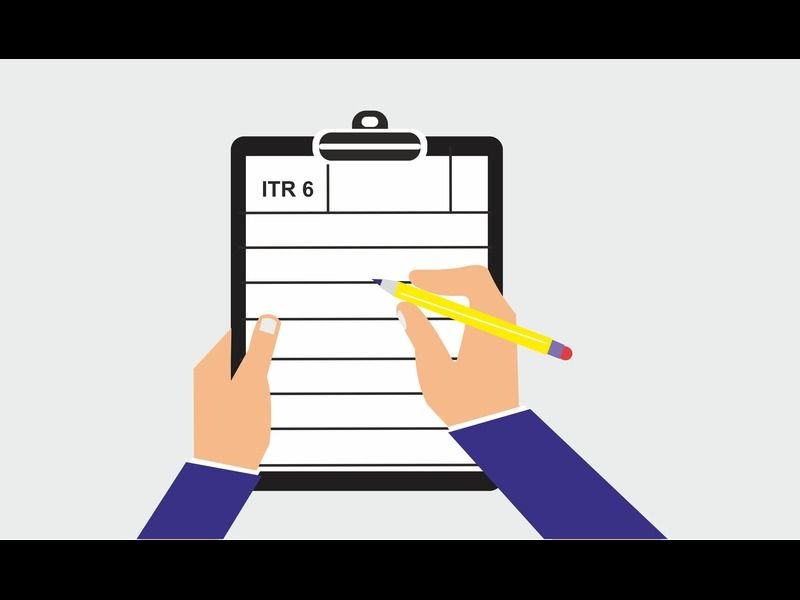The government has launched a new initiative to process various forms and applications filed by companies and LLPs in a centralised and faceless manner. The initiative is called the Central Processing Centre and it aims to provide ease of doing business and faster processing of corporate filings
What is Centralised Processing Centre and how does it work?
The Centralised Processing Centre will handle 12 forms and applications under the Companies Act and the Limited Liability Partnership Act from 16 February 2024, followed by other forms from 1 April 2024. The forms will be processed in a time-bound manner, without any physical interaction with the stakeholders. The CPC will use an automated system to check the forms for completeness, correctness, and compliance. The CPC will also issue acknowledgements, approvals, rejections, or queries as per the prescribed rules and regulations.
Some of the forms and applications that will be processed by the CPC are:
- Filing of resolutions and agreements (MGT-14)
- Alteration in capital (SH-7)
- Change in name (INC-24)
- Conversion of one person company to private or public, or private to OPC (INC-6)
- Conversion from private into public or vice versa (INC-27)
- Revocation/surrender of licence under Section 8 of the Act (INC-20)
- Return of deposits (DPT-3)
- Application for obtaining the status of dormant company (MSC-1)
- Application for seeking status of active company (MSC-4)
- Letter of offer for buy-back (SH-8)
- Declaration of solvency (SH-9)
- Return in respect of buy-back of securities (SH-11)
What are the benefits of CPC?
The CPC is expected to process about 2.50 lakh forms annually, once it is fully operational. It will also process forms filed under the LLP Act in the future. The CPC will ensure speedy processing of applications and forms filed for incorporation, closure, alteration, capital raising, and compliance under the corporate laws. It will also reduce the workload of the jurisdictional Registrar of Companies (RoC), who can focus more on their core functions of inquiries, inspection and investigation. The CPC will also enhance transparency, accountability, and efficiency in the corporate sector.
According to the data from NSE India, the total number of trades in equities and SMEs in December 2018 was 17,24,69,591 with a turnover of Rs. 5,17,171.95 crore. The top five securities by turnover were Reliance Industries Ltd., State Bank of India, Infosys Limited, ICICI Bank Ltd., and HDFC Ltd. The advance/decline ratio was 0.94, indicating a balanced market sentiment.
According to the data from Ministry of Corporate Affairs, the total number of companies registered in India as on 31 December 2018 was 18,09,613, out of which 11,89,826 were active. The total number of LLPs registered in India as on 31 December 2018 was 1,24,852, out of which 1,02,324 were active.
What are the other initiatives by the government for ease of doing business?
The CPC is part of the government’s efforts to provide ease of doing business, as announced in the Union Budget 2023-24. It is in line with the existing Central Registration Centre (CRC) and Centralised Processing for Accelerated Corporate Exit (C-PACE), which also process applications in a centralised and faceless manner.
The CRC was established in January 2016 to process applications for incorporation of companies online within one working day. The CRC has processed more than 15 lakh applications till date.
The C-PACE was launched in December 2016 to facilitate fast track exit mode for defunct companies under Section 248 of the Companies Act. The C-PACE has processed more than 2 lakh applications till date.
The government has taken several steps towards ease of doing business over the past few years. Due to these efforts, the incorporation of LLPs and companies is highest as compared to any of the previous financial years as on 14 February 2024 .
Recent Blog : Strata: India’s First Full-Exit Fractional Platform
